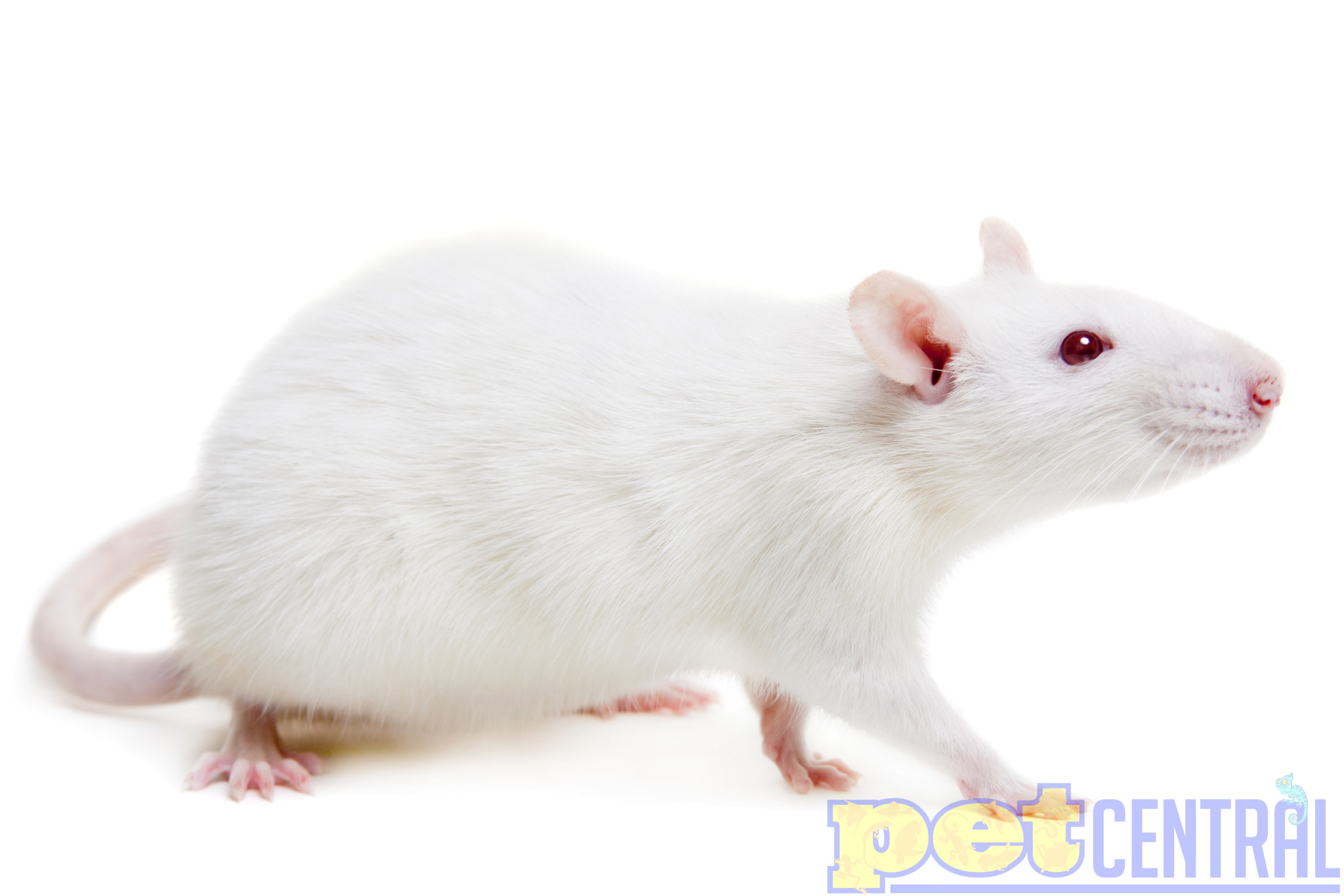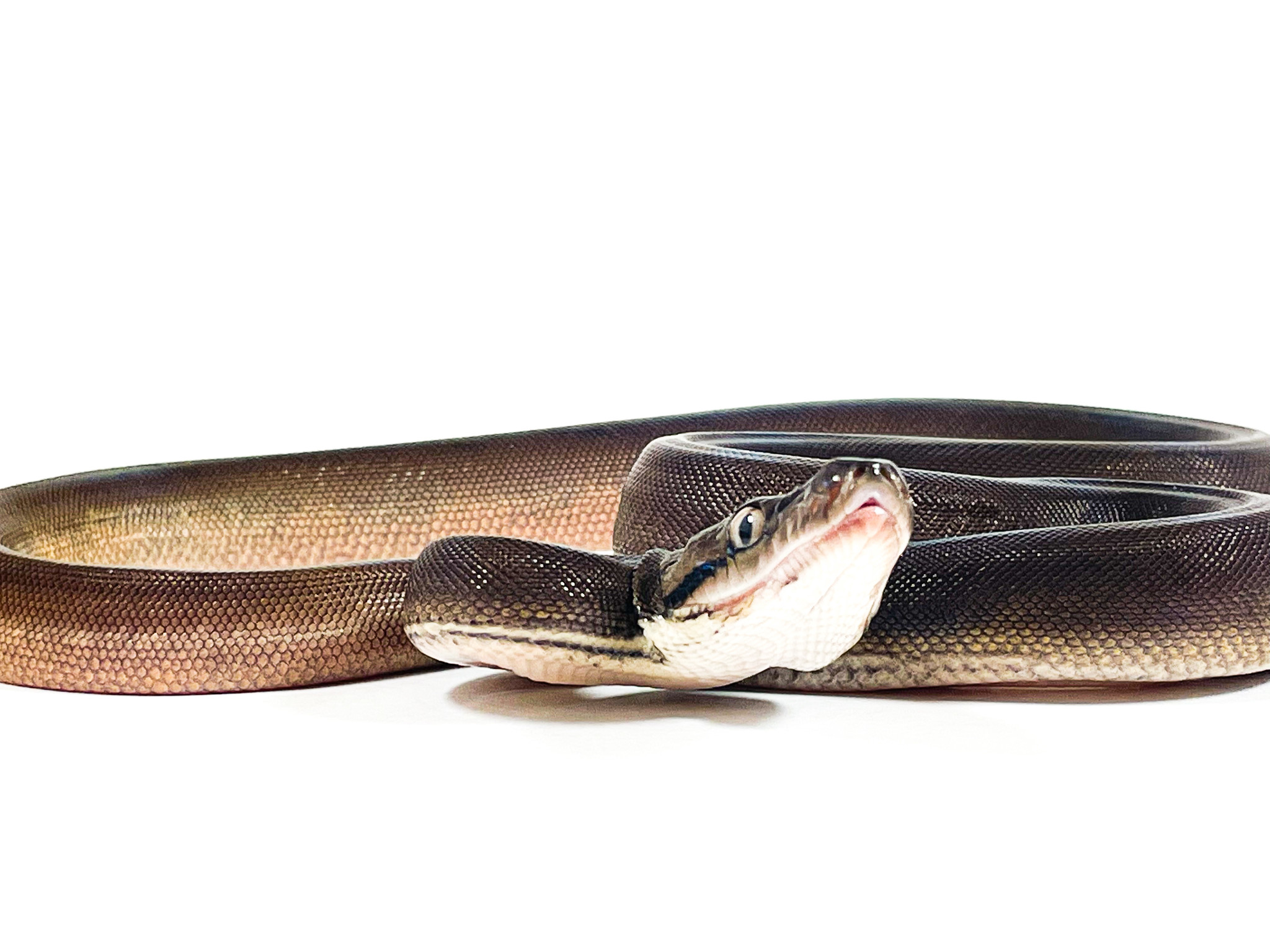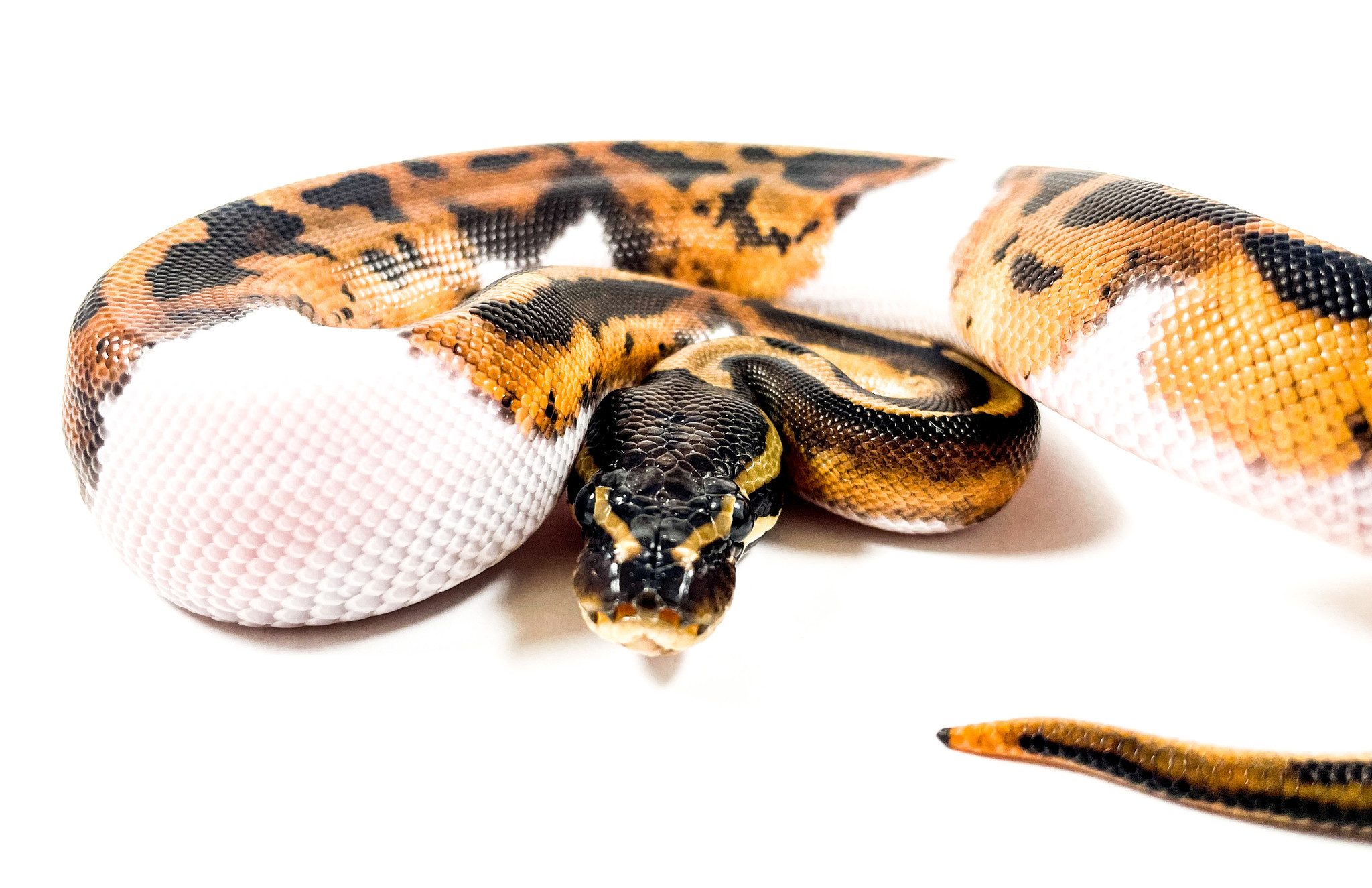Feeding your Snake
Feeding your pet snake can be an extremely easy process, but sometimes it is a bit more difficult.

Selecting the Proper Food
Snakes need to eat prey based on the widest part of their belly. Although it may seem scary because their necks are smaller, they unhinge their jaws when eating which allows food to pass through.
Most importantly, a snake should not eat multiples. For example, rather than feed 2 adult mice you should feed a small rat. You can measure your snake’s circumference with string if you are unsure and bring it in to measure the food size!

Live Food
When feeding live food, it can be quite simple. If the snake does not react to the food, one, the prey may not be moving enough to attract the snake, or two the snake may be stressed out / feeling exposed. Never leave uneaten live food in with a snake as they can chew on the snake’s skin and cause harm.
You can view our assortment of live feeders here: Live Feeders
Frozen Food
When feeding a frozen mouse or rat, the first step is to thaw it in very hot water. After the food has been thawed it needs to be heated again with hot water to make it as warm as possible.
With tongs, you then insert the food in the cage moving it around to simulate live food! The biggest reason for snakes to refuse frozen, is because they are not convinced that it is alive! Make sure when offering frozen, that you are moving it around (for example, pretend to make it crawl versus just dangling the food in front of their face).
You can also try making the room dark or covering the front of the cage that way the snake feels less exposed and more comfortable during feeding.
Following these steps will give you the best success rate of feeding frozen.
Frozen food is ALWAYS more available than live in any size smaller than SM rat and Adult Mouse.

Habitat
If you are having trouble feeding your snake and you are sure you are doing everything else correctly one last thing to check is cage conditions.
Is the heat pad working correctly? What is the thermostat reading at? How cold is the room they are in? Snakes that are too cold will not eat because they cannot properly digest their food. They need to conserve their energy to stay as warm as possible.
If you do not have a thermostat then your heat pad may be getting too hot or staying too cold. Thus, it is extremely important to have one.
If all of these are in order you can wait and try again next week, your snake may not be hungry!
What is normal?
It is easy to get worried when a snake skips a meal however this is completely normal and not something that needs immediate attention.
When first bringing your snake home it is best to wait at least a week to feed. This gives it time to adjust to its new environment.
Snakes will often skip meals when they are not hungry and sometimes this can last a few weeks. If you notice no change in its body size, then it is still healthy.
However, if you notice that your snake is losing weight, or you can see its spine, this is a cause for concern as your snake is losing vital nutrients.

When To seek Help
As a pet owner, it is sometimes hard to know what our animals want or need since we cannot talk to them. If your snake still is not eating after several attempts, it is best to take them for a vet check-up!
Vets are trained to diagnose different problems that as an owner you may not know about. Vets can administrate medicines and essential shots/fluids that your snake may be missing when they are sick.


Leave a comment